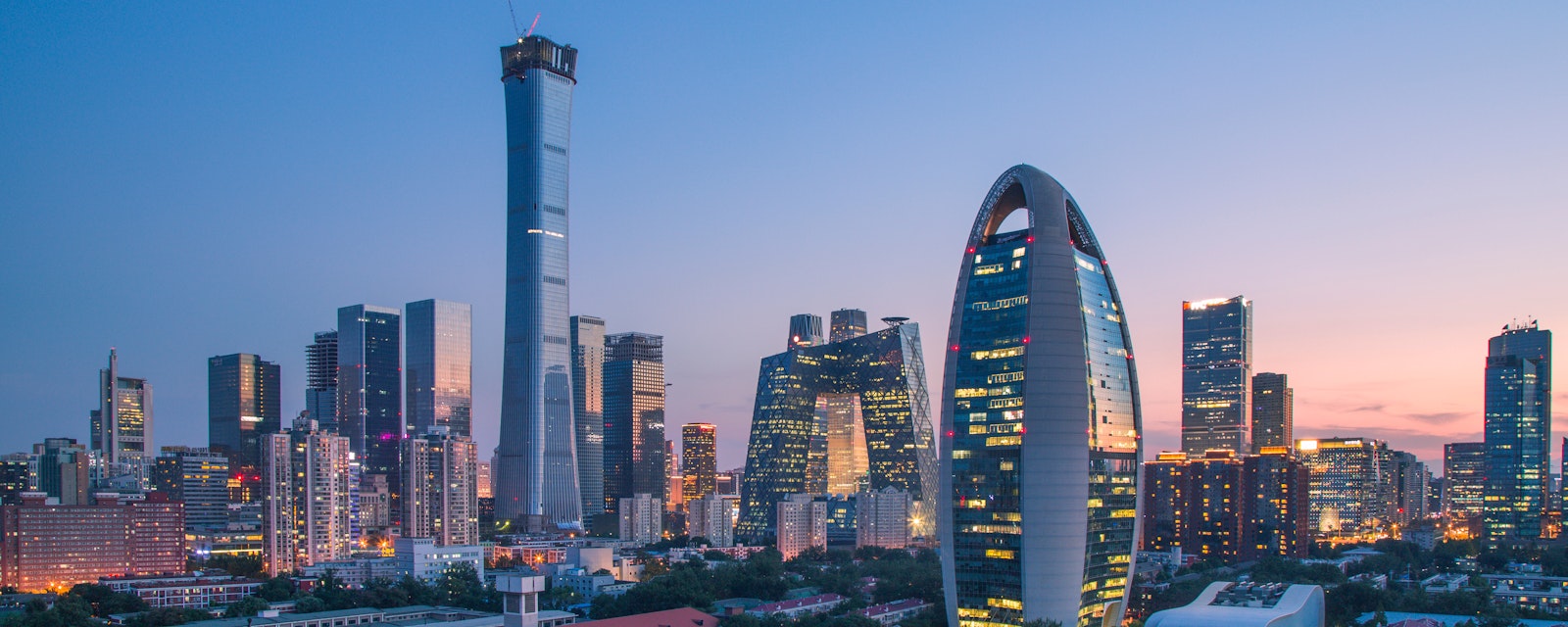US-China diplomatic contacts are increasing, and bilateral relations appear to be returning to the baseline established prior to February's balloon incident. Despite this apparent "thaw," we see little scope for substantive breakthroughs in bilateral ties, given that neither side is willing to offer concessions. Even absent concrete policy shifts, however, simply halting the downward spiral in bilateral relations would significantly ease foreign investors' concerns about their exposure to China.
In February, when the balloon incident prompted US Secretary of State Anthony Blinken to cancel a planned visit to Beijing, we forecast that a Blinken visit was still likely by around mid-year. This forecast remains credible. High-level diplomatic contacts have increased in recent weeks, and US President Joe Biden has predicted a bilateral "thaw". National Security Advisor Jake Sullivan met with China's top diplomat, Wang Yi, for around eight hours over two days in Vienna on 10-11 May. Both sides' readouts from that meeting omitted the usual litany of grievances and used nearly identical language in describing the meeting as "candid, substantive, and constructive."
The US readout further called for "building on the engagement between" the two presidents in November 2022, signaling the Biden administration's willingness to move beyond the balloon incident. The Chinese readout does not reference the Biden-Xi meeting but similarly signals an intention to continue high-level dialogue, noting that "both sides agreed to continue to make good use of this strategic communication channel." Looking ahead, Chinese Commerce Minister Wang Wentao will become the highest-ranking Chinese official to visit the US since 2020 when he meets US Commerce Secretary Gina Raimondo and US Trade Representative Katherine Tai in Washington this week.
A Strategy of Denial
Before the recent bilateral contacts, Beijing had reportedly rejected or ignored a series of US meeting requests. This tactic likely reflects several calculations. First, Chinese leaders apparently believe that Washington's commitment to a containment policy has become implacable, implying that high-level talks would serve little purpose. The Biden administration has said it seeks "guardrails" for the relationship, but Beijing fears that this approach would effectively grant Washington permission to violate Beijing's core interests without fear of reprisal.
A second consideration was a desire to strengthen China's other diplomatic relationships before re-approaching Washington from a position of relative strength. Xi's recent summits with France’s Emmanuel Macron and Brazil’s Luiz Inacio Lula da Silva, as well as his phone call with Ukraine’s Volodymyr Zelensky, appear partly directed at this purpose.
A third obstacle was the potential embarrassment to Beijing if a high-level meeting coincided with an announcement by Washington of new sanctions or the release of an FBI report on the alleged spy-balloon. Beijing also views a high-level meeting with Defense Minister Li Shangfu as impossible while Li remains under US sanctions imposed in 2018 over Li's role in arms purchases from Russia.
Now, however, these concerns have at least partially faded. After two months of rejecting US overtures, Beijing may feel its point has been made, and Xi's non-US-focused diplomacy has achieved at least moderate success. Washington has recently dropped talk of "guardrails," and Blinken has reportedly delayed some previously planned coercive actions against China, including release of the FBI report, to protect US efforts to stabilize relations.
Finally, China's cybersecurity regulator announced on 21 May that products from US memory chip producer Micron will be banned from China's critical infrastructure. This announcement enables Beijing to proceed with bilateral talks with less concern about appearing impotent against Washington's tech sanctions.
Tempering Expectations
These developments set the stage for a resumption of senior-level contacts. A Blinken visit to Beijing could lay groundwork for a Biden-Xi meeting in September at the G20 in India or in November at the APEC summit in San Francisco.
Even in this relatively optimistic scenario, however, such talks are unlikely to produce a breakthrough. The Taiwan issue will remain a live wire so long as Beijing perceives that Washington is hollowing out the One China Policy. Tariff relief is a political nonstarter in Washington, as is the rollback of most US export controls targeting China's access to advanced technology. Moreover, the Biden administration will face significant political pressure to proceed with the coercive measures that were recently delayed. On the Chinese side, the leadership is similarly unlikely to renounce its maritime claims in the South and East China seas, though there is scope for Beijing to enforce these claims less aggressively. On Taiwan, scope for compromise is even smaller.
Realistically, therefore, the most optimistic scenario for a "thaw" is simply a halt in the decline of relations. For financial markets and multinational companies operating in China, however, such a halt would be significant. As previously discussed, the extent of actual economic decoupling remains limited so far, but corporate leaders are actively considering whether to reduce their exposure to China. Even absent concrete policy changes, a general sense that the downward spiral has stopped could reduce risk perceptions and unlock new investment.
Moreover, improved cooperation remains possible on a few issues, notably climate change, fentanyl exports, and transnational crime. On Russia-Ukraine, after initially expressing skepticism about China's potential role as peacemaker, Washington has signaled greater openness in recent weeks. We still doubt that Beijing can force Moscow to accept major concessions, but broader conditions are favorable, Chinese diplomacy could help at the margin.
While the Biden administration is clearly focused on stabilizing relations, the US Congress remains a wildcard. Senate Majority Leader Chuck Schumer has begun work on new anti-China legislation that will likely revive various provisions considered last year as part of the US Innovation and Competition Act, which was later narrowed down to become the CHIPS and Science Act. Schumer's legislation remains at an early stage, and a bill is unlikely to be approved before the end of this year at the earliest. Biden's ability to block the most hawkish and provocative provisions from this bill may be limited, but a full veto would be politically perilous.




